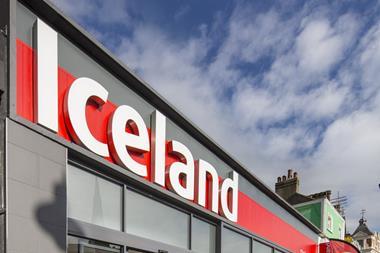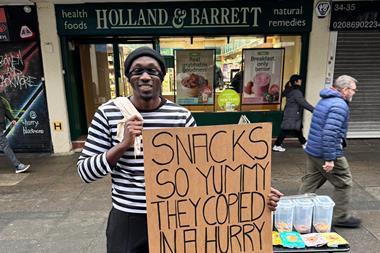
Many brand and own label companies struggle to engage retailers in purposeful discussions that lead to real change in stores.
There are recent industry developments that make engagement even harder – fewer buyers doing more and a tendency towards more centralised strategy and control in retailers. But beyond that, often suppliers just don’t approach retailer engagement very well.
Good engagement starts with good retailer insight. But what does that really mean? How can companies approach it?
First, understand the retailer’s corporate strategy. This is about the stated strategy – what you hear at the IGD event or in other audiences with senior management or buyers and what is publicly documented in results or on websites. But equally the implied strategy. If a big four buyer is consistently obsessing about price comparison vs Aldi, then whether or not their bosses are saying it publicly, that is a clear signal of the corporate strategy. Also listen for how the retailer talks about target audiences and missions. The Tesco families, the ‘top 5%’ at Waitrose, the easy meal tonight at M&S and so on.
Second, understand how the retailer thinks about the category in which you operate. What role does it play for the retailer, what they are trying to do with it and what are the buyer’s KPIs? Are they about margin? Price per visit? Driving store traffic? You need to know all this for your main aisle but also for parts of the store controlled by other stakeholders. If you are a chocolate supplier, for example, understanding what the retailer is trying to do in seasonal may be equally important to the ‘home’ aisle.
Third, understand the reality of the way the retailer works. How it actually gets things done. Who influences what and when? Not just in the buying structure but in other departments like supply chain, technical and marketing. And what are the business rhythms? When are the range reviews going to come? How and when are seasonal events planned? And what are the behavioural norms? Is it acceptable to be open about your desire to displace a competitor? How does the retailer feel and respond to the idea of spending quality time offsite? Are senior people prepared for a constructive discussion about how their team are working with your team?
You can’t think about retailer engagement sensibly before you have properly understood your customer. In the words of business educator Stephen Covey, seek first to understand. Good ideas can easily come unstuck if you don’t understand the organisation you are pitching them to. If you want to make things happen in store, understand how your customers are thinking corporately, how they are thinking about your category and how they go about getting things done.



















No comments yet